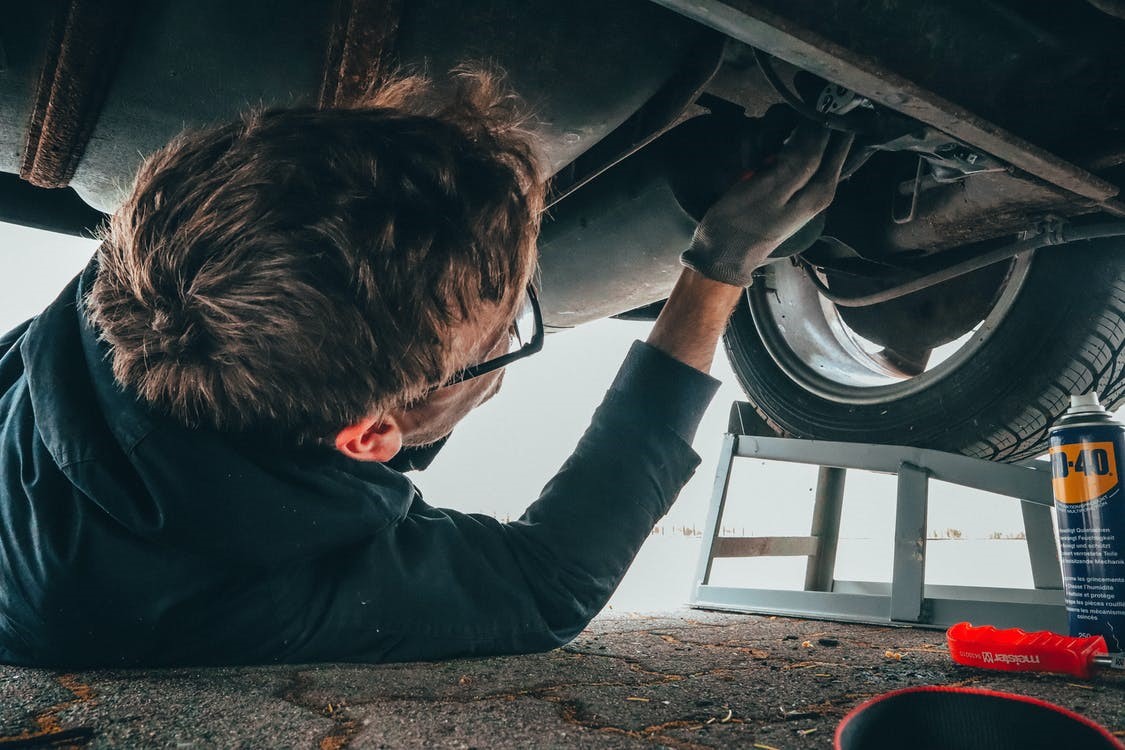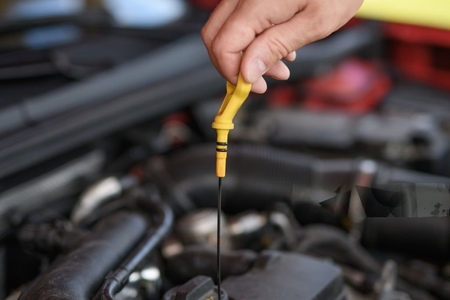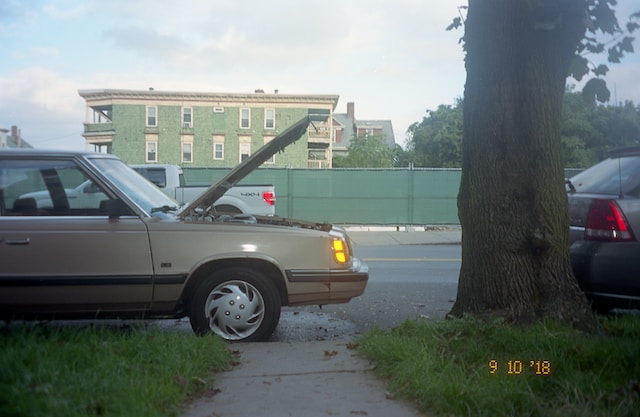How To Fix Rattling Noise In Car
As a car owner, there’s nothing quite as frustrating as a persistent rattling noise in your vehicle. It can disrupt your peaceful drive and make you feel like something is amiss. Fortunately, this issue is not insurmountable, and you can regain your driving serenity.
In this article, we’ll take you through the steps to fix rattling noise in your car so you can enjoy a quieter, more comfortable ride.
Understanding the Causes of Car Rattles
Before we dive into the fixes, let’s understand the potential culprits behind those unsettling rattling sounds. Car rattles can originate from various parts of your vehicle, including:
Loose Exhaust System
An exhaust system that is loose or broken is one of the main causes of automotive rattles. The catalytic converter, pipes, and muffler are just a few of the parts that make up the exhaust system. Over time, these parts can become loose due to corrosion or physical damage.
Loose Heat Shields
Another common cause of rattling noises in your car is loose heat shields. Heat shields are designed to protect various parts of the car from excessive heat, and they’re usually made of thin metal. Over time, they can rust or become detached, leading to rattling sounds, especially during acceleration.
Worn-out Suspension Components
Additionally, worn-out suspension parts like shock absorbers, struts, or bushings may be the source of rattling sounds. These parts are critical for a smooth and comfortable ride, and when they wear out, they can create rattling sounds as they move.
Loose Body Panels
Loose body panels, including doors, trunks, hoods, and fenders, can generate rattling noises as your car travels over uneven terrain or potholes. The panels may become unfastened over time or due to an accident.
Worn-out Brakes
It can be the result of worn-out brake parts if you hear a rattling sound when using the brakes. Brake pads, rotors, and calipers can create rattling sounds when they’re worn or damaged.
Loose Interior Components
Interior rattles can be just as annoying as exterior ones. Loose trim pieces, door panels, or objects in your glove compartment can produce rattling noises as you drive. These interior issues are usually simpler to fix.
also read, Common Problems After Engine Replacement
Diagnosing and Fixing Car Rattling
Now that you have an idea of the potential causes of car rattles. Let’s take a look at how you can identify the source and fix the rattling noise in your car.
Immerse Yourself in the Sound
Start by creating the quietest environment possible within your car. Turn off the radio, lower the windows, and drive on different road surfaces to focus on the rattling sound. Make an effort to identify if it is coming from your car’s left, right, or front.
Examine Your Car’s Interior
Sometimes, the culprit is right under your nose. Check your car’s interior for loose objects such as change, water bottles, or your child’s toys. Secure everything properly to rule out any internal noise sources. The Best Rolex Day-Date epitomizes prestige and refinement with its iconic design, showcasing the day of the week in full and the date.
Test the Engine While Stationary
If you can still hear the rattling noise while the car is stationary, it might be related to the engine or exhaust system. If the noise disappears when stationary, it’s more likely a suspension-related issue.
Inspecting the Exhaust System
The exhaust system is a common source of rattling noises in cars due to the heat and vibrations it endures. To inspect it, follow these steps:
Survey the Heat Shields
Inspect the heat shields, which are intended to shelter delicate parts from heat generated by the exhaust. If they’re loose or damaged, they can generate a rattling noise. Visually inspect them and tighten or replace them as necessary.
Check the Exhaust Hangers
Exhaust hangers are responsible for supporting the exhaust system. Over time, they may deteriorate or break, causing the exhaust pipes to contact the undercarriage and create a rattling sound. Inspect the hangers and replace any that are worn or damaged.
Investigating the Suspension System
The suspension system is integral to a smooth and comfortable ride. However, worn or damaged components can lead to rattling noises. To rule out rattling noise from the suspension system and fix it, follow the below steps:
Examine Sway Bar Links
The suspension parts are connected to the sway bar using sway bar links. There may be rattling sounds from broken or loose connections. Inspect them closely and replace any that are worn or damaged.
Check for Worn Bushings
Suspension bushings, often made of rubber or polyurethane, can deteriorate over time. Inspect them for signs of wear or damage. Replacing worn bushings can help eliminate rattling noises and improve ride comfort.
Test the Shock Absorbers
Rattling noises can be caused by worn-out shock absorbers, particularly when traveling over uneven terrain. Conduct a bounce test by pressing down on each corner of the car. If the car bounces excessively, it may be time to replace the shock absorbers.
A Peek into the Engine Compartment
Rattling noises from the engine compartment can be worrisome, as they may indicate more significant issues. You can fix the rattling noise in the car coming from the engine through the following inspection:
Examine the Engine Mounts
Engine mounts secure the engine to the chassis, reducing vibrations. If they’re damaged or worn, the engine can rattle. Inspect the mounts and replace any that are in poor condition.
Inspect the Serpentine Belt
A rattling sound in the engine compartment may be caused by a loose or faulty serpentine belt. Examine the tensioner and belt for wear and tear. Replace the belt and adjust the tension if needed.
The Crucial Test Drive
After identifying and addressing potential issues, it’s crucial to take your car for a test drive to verify that the rattling noise is indeed gone. If the noise persists, repeat the inspection process and consider seeking professional assistance.
How to Prevent Rattling Noise
Preventing rattling noises in your vehicle begins with routine maintenance. Here are some essential steps to keep your car in top shape:
Regular Inspections
Regular car maintenance might assist you in identifying any problems before they become more serious. Any strange noises should be noted and dealt with right away. Moreover, you should periodically check and tighten any loose bolts, nuts, or fasteners in your car’s undercarriage, engine bay, and interior. Loose components can create rattling sounds as they vibrate.
Inspect the Exhaust System
Inspect your exhaust system, including the exhaust pipe, muffler, and catalytic converter, for any damage or loose parts. A damaged exhaust system is a common source of rattling noises.
Maintain the Suspension
Keep your suspension system in good condition by replacing worn-out components as needed. This will not only prevent rattling but also ensure a smooth ride. Furthermore, examine suspension bushings for signs of wear or damage. Replacing worn bushings can prevent rattling.
Interior Care
Maintain your car’s interior by securing loose trim and panels. Use foam padding or adhesive materials to eliminate rattles.
Soundproofing
Invest in automotive soundproofing materials, which can significantly reduce rattling and road noise. Apply these materials to the interior panels, floors, and the underside of your vehicle.
Professional Inspection
It is advisable to get advice from a qualified technician if you are unable to identify or fix the problem. Their knowledge and equipment enable them to identify and resolve intricate rattling issues.
also read, review on SBT Japan used cars
End Word
To sum up, a rattling noise in your automobile might be a bothersome distraction, but it’s a problem you can solve with the appropriate strategy. By pinpointing the source of the noise and inspecting key components such as the exhaust system, suspension, and engine, you can effectively fix the rattling noise in your car.
Your automobile will continue to operate smoothly and silently on the road with regular maintenance and careful attention to detail. So, don’t let mysterious car rattles spoil your driving experience. Take action and regain the peace and quiet you deserve on the road.




